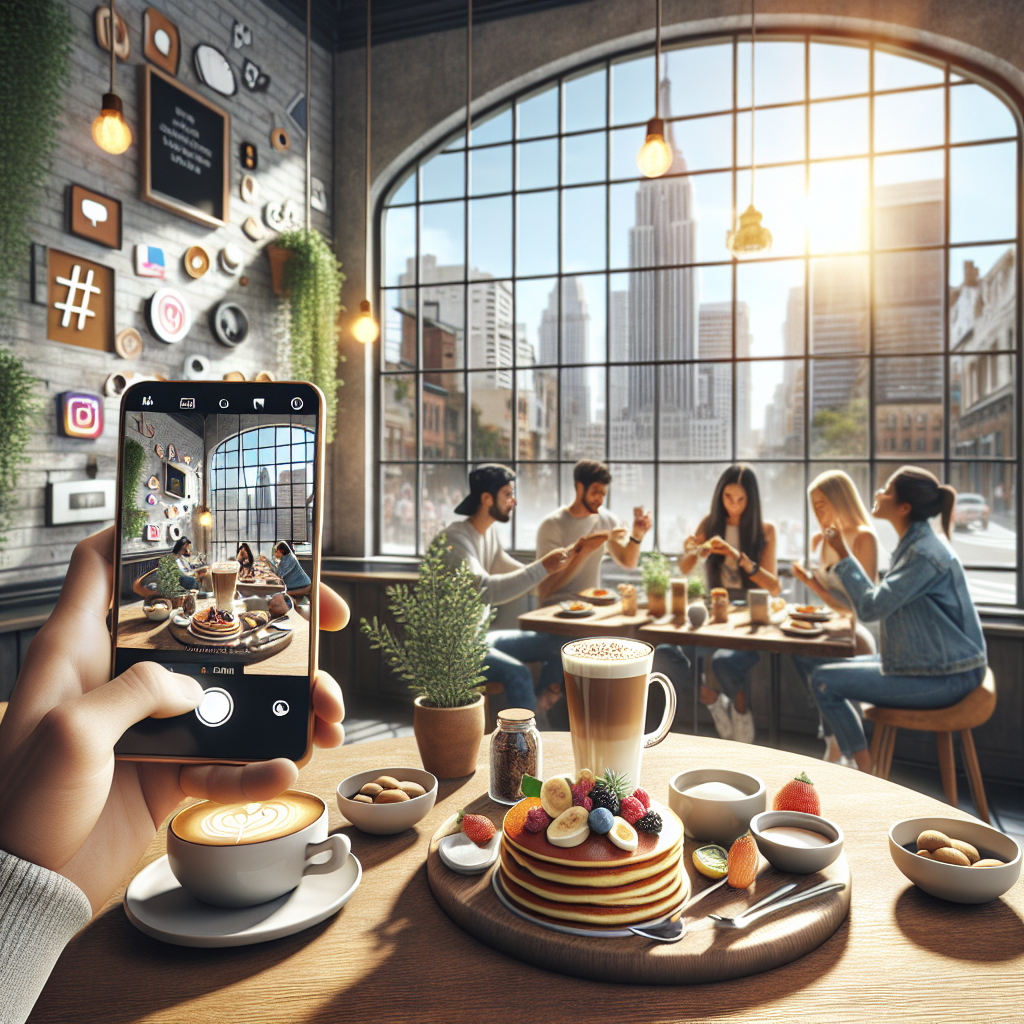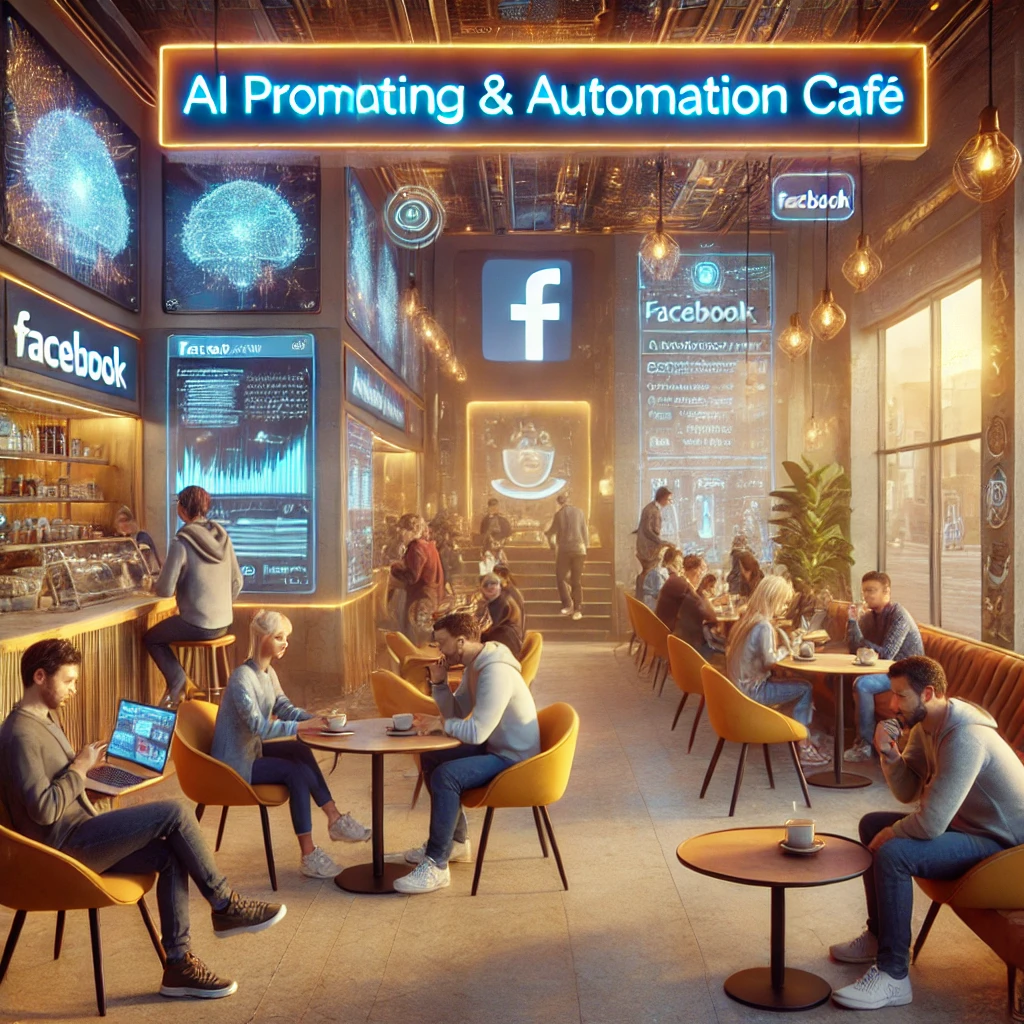Introduction: The New Age of SEO in Hospitality
In the past, when digital marketers talked about SEO (Search Engine Optimization), they referred primarily to optimizing websites for Google search rankings. However, the game is changing — especially in the hospitality industry. Today, SEO isn’t just about keywords and backlinks; it now incorporates social media platforms like Instagram as powerful search engines in their own right.
With its visual appeal, geo-tagging features, and influence-driven algorithms, Instagram is becoming a vital tool for SEO in the hospitality space. Guests aren’t just discovering hotels, cafes, and restaurants through Google anymore — they’re turning to Instagram’s explore tab, location tags, and hashtags to make decisions.
Why Instagram Is More Than a Social Platform
Traditionally perceived as a creative space for sharing photos and videos, Instagram has evolved into a visual search engine. This shift is especially advantageous for hospitality businesses, which rely heavily on visual content to drive customer interest and conversions.
The Emergence of Instagram SEO
Instagram SEO refers to optimizing your presence on the platform to improve visibility and discoverability. With over 1.4 billion active users, Instagram is not only a place to share experiences, but increasingly a platform consumers use to research and make decisions — especially in travel and hospitality.
Here’s why this matters:
- Location tags and hashtags help users discover businesses nearby
- User-generated content builds instant credibility
- Engagement metrics (likes, saves, shares) impact visibility and SEO
- Instagram posts and reels now show up in Google search
The Instagram-to-Booking Journey
Consumers now follow a new decision-making journey that begins on Instagram. For example, a user searching for a “breakfast spot in Dubai” might use Instagram’s location-based search or tap on a hashtag. When high-quality content from your cafe appears, they’re more likely to engage — and possibly book a table.
Visual Discovery Drives Bookings
In hospitality, what consumers see often influences where they go. A mouth-watering photo of a pancake stack, a rooftop bar at sunset, or a hotel suite with panoramic views can be the deciding factor in a booking decision.
By optimizing content through:
- Strategic use of hashtags such as #DubaiBrunch or #LondonHotels
- High-resolution imagery optimized for mobile discovery
- Collaborations with influencers or micro-creators to increase reach
- Consistent post frequency to stay at the top of the algorithm
Hospitality brands are turning their Instagram feeds into booking funnels.
Geo-Tagging: The Secret to Local Discovery
Geo-tags have become the hospitality industry’s best friend on Instagram. When a user searches a specific location — such as “Jumeirah Beach” — Instagram displays top and recent content associated with that geo-tag.
This kind of discovery mimics local SEO in Google. Yet it’s often even more powerful due to the combination of visuals and social proof (comments, likes, shares).
Local SEO Meets Instagram
Geo-tagging helps:
- Boost visibility among nearby users
- Drive in-the-moment decision making from tourists
- Create a map of user-generated content around your location
Restaurants, boutique hotels, and beach clubs that consistently use geo-tags are seeing higher engagement and, more importantly, more walk-ins and bookings from Instagram discoverability.
User-Generated Content: A Modern Reputation Booster
One of the most powerful assets in hospitality marketing today is user-generated content (UGC). Encouraging customers to tag your location or use your branded hashtags turns your patrons into brand advocates.
Why UGC Drives Organic Growth
UGC builds trust faster than any professionally developed ad. Here’s why:
- It demonstrates real-world experiences
- It increases the volume of searchable content linked to your business
- It enhances your Instagram SEO through authentic engagement
- It often outperforms brand-created content in reach and relevance
Hospitality brands can encourage UGC by:
- Creating ‘Instagrammable’ spaces that people want to share
- Offering incentives like discounts or features in your stories/feed
- Asking for tags and shares at checkout or via signage
How Instagram Impacts Search Engines Like Google
Google now indexes a portion of Instagram content — especially public posts, reels, and bios — making Instagram a legitimate contributor to web-based SEO. For example, a Google search for “luxury hotels in Marrakesh” might display Instagram posts in its image or web results.
The Google + Instagram SEO Loop
This convergence means:
- Your Instagram bio should be keyword-optimized
- Your reels should feature relevant location and content tags
- Captions should include targeted keywords consumers might Google
In essence, consistently integrated Instagram activity influences how your brand appears on both Instagram and Google. It’s a double win for hospitality marketers who craft visually compelling, searchable content.
Reels: The New Front Page of Social Search
Instagram Reels have emerged as a lightning rod for discovery. The Reels algorithm favors content that’s engaging and informative — making it perfect for:
- Mini room tours to showcase hotel interiors
- Behind-the-scenes restaurant prep
- Highlighting amenities like spas or breakfast buffets
Once posted, reels are shown beyond your followers — reaching people searching for related content, similar to a Google search page or a YouTube thumbnail.
How to Optimize Reels for Discovery
To maximize SEO impact through Reels:
- Use descriptive, keyword-rich captions
- Include location tags and 3–5 niche-specific hashtags
- Choose shareable topics and customer-centric stories
- Engage with comments immediately to drive visibility
Influencers and Collaborators: Amplifying Your SEO Reach
Influencer marketing isn’t just about exposure anymore — it’s about creating one-to-many SEO impact by having multiple sources point to your property. When several influencers tag your location, use your hashtags, or feature your brand in their Reels, it exponentially increases your digital footprint.
Choosing Influencers Strategically
For hospitality brands, partnering with influencers who align with your brand values and target demographic yields the highest SEO benefits.
Consider micro-influencers with hyper-local audiences, as they tend to have more engaged followers who are likely to convert.
Tips to Turn Instagram into Your SEO Power Tool
To make Instagram work as an engine of organic search growth, hospitality brands need to approach it strategically. Here are key actionable steps:
- Optimize your bio: Include keywords, a clear description, and a call to action.
- Consistently post high-quality images and videos that tell a story and evoke emotion.
- Use geo-tags and local hashtags to increase discoverability by travelers and locals alike.
- Leverage user-generated content by resharing, engaging, and incentivizing guests.
- Analyze performance through Instagram insights to continually refine your content strategy.
Conclusion: Instagram is the New Local Guide
The hospitality industry’s SEO playbook has undergone a transformation. Instagram is not just a platform for aesthetic inspiration; it’s a powerhouse for organic discovery, local search visibility, and direct conversions.
Tourists and locals alike are turning to the app to explore their next dining experience or weekend escape, and brands who leverage Instagram strategically are winning those bookings.
If you’re in hospitality and still treating Instagram like a photo album instead of a search engine, it’s time to reimagine your approach. Your next guest isn’t just searching on Google. They’re scrolling Instagram — and looking for you.






